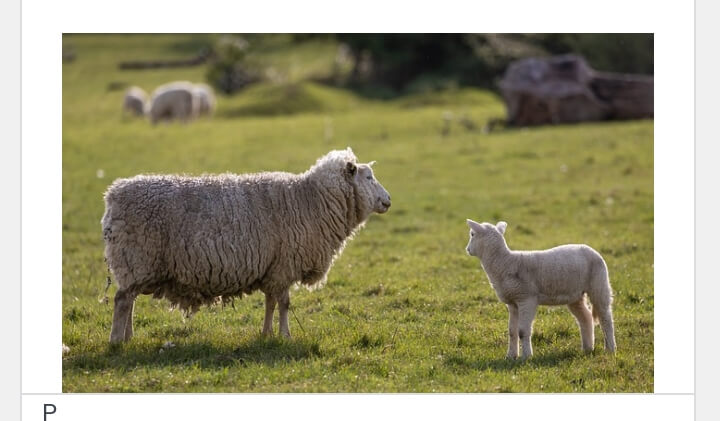Vocational Aptitude Lesson Note – Tools and Their Uses
Subject: Vocational Aptitude
Class: Primary (Upper Basic)
Term: First Term
Week: 5
Age: 8–11 years
Topic: Tools and Their Uses
Sub-topic: Boring, Driving, and Measuring Tools
Duration: 40 minutes
Behavioural Objectives
By the end of the lesson, pupils should be able to:
- Identify different types of tools (boring, driving, and measuring).
- State the uses of each tool.
- Give examples of boring, driving, and measuring tools.
- Demonstrate simple recognition of tools in daily activities.
Keywords
- Boring tools – tools used for making holes.
- Driving tools – tools used for driving in nails or breaking wood.
- Measuring tools – tools used for checking sizes, lengths, and widths.
Instructional Materials
- Real tools or pictures of: bradawl, hand drill, hammer, mallet, ruler, measuring tape.
- Chart showing tools and their uses.
- Flashcards with tool names.
Set Induction (Attention Grabber)
Teacher enters the class holding a hammer and a nail. She gently drives the nail into a piece of wood and asks:
“Children, what am I doing?”
Expected response: “You are driving a nail into the wood.”
Teacher: “Yes! Today, we are going to learn about tools that we use for boring holes, driving nails, and measuring objects.”
Lesson Development
1. Boring Tools
Definition: Tools used for making holes in wood, metal, or other materials.
Examples:
- Bradawl
- Hand drill
- Auger
- Gimlet
- Brace and bit
Activity: Pupils identify tools from pictures and state what they are used for.
2. Driving Tools
Definition: Tools used for driving nails into wood, breaking wood, or fitting materials together.
Examples:
- Hammer
- Claw hammer
- Mallet
- Club hammer
- Sledgehammer
Activity: Teacher demonstrates using a hammer to drive a nail into wood.
3. Measuring Tools
Definition: Tools used for determining the length, width, or size of materials.
Examples:
- Ruler
- Measuring tape
- Caliper
- Try square
- Meter rule
Activity: Pupils measure their desk or a seed bed using a ruler or measuring tape.
Classroom Exercises / Evaluation
14. An example of boring tools is Bradawl.
15. Tools that are used for driving in nails and breaking up wood are called Hammers.
16. Two examples of driving tools are:
(i) Claw hammer
(ii) Mallet
17. Measuring tools are tools used to determine the size, length, or width of objects.
18. Two examples of measuring tools are:
(i) Ruler
(ii) Measuring tape
19. One use of measuring tools is to check the length and width of materials before cutting them.
20.
(i) Pupils measuring a seed bed with a measuring tape.
(ii) A man driving a nail into a wooden door.
Conclusion
Teacher reviews the lesson by asking:
- “What are boring tools used for?”
- “Give me two examples of driving tools.”
- “Why do we need measuring tools?”
Teacher summarizes: “Boring tools make holes, driving tools fix nails or break wood, while measuring tools help us know the correct size of objects.”
Home Assignment
- Draw one boring tool and one driving tool.
- Write down two uses of measuring tools.












